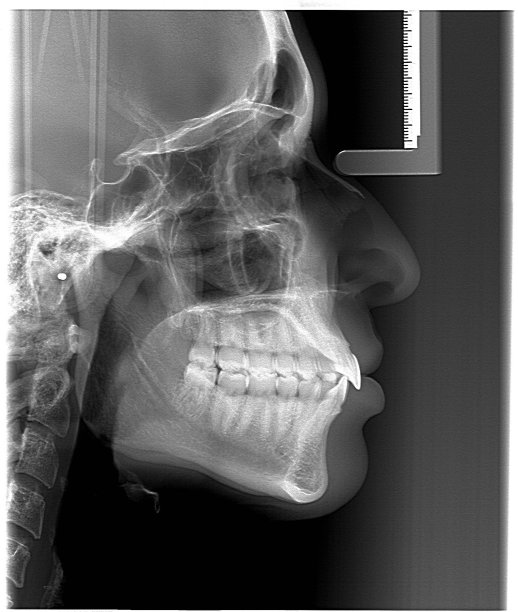Important Steps to Ensure Safety and Success During Root Canal Treatment
Summary: Root canal treatment is crucial for preserving natural teeth and alleviating dental pain, but it comes with certain risks. To ensure patient safety and the success of the procedure, several key steps must be followed. This article will outline important measures such as thorough patient evaluation, effective pain management, employing advanced technology, and implementing post-treatment care. By adhering to these practices, both dental professionals and patients can work together to achieve optimal outcomes during root canal treatments.
1. Thorough Patient Evaluation Before Treatment

Before any medical procedure, including root canal treatment, a comprehensive patient evaluation is essential. Dentists should conduct a detailed medical and dental history to identify any underlying health conditions or medications that could affect the process. Understanding the patients dental history allows for tailored treatment plans, which can significantly enhance the overall safety and effectiveness of the procedure.
In addition to patient history, diagnostic imaging techniques like X-rays play a crucial role in the evaluation process. These images help identify the tooth structure, the extent of decay, and any possible infections surrounding the tooth. Having a clear picture of the tooth’s condition allows dentists to develop an accurate treatment plan, ensuring that all areas requiring attention are addressed during the root canal.
Lastly, effective communication with the patient is vital during this stage. Explaining the procedure, answering questions, and addressing any concerns can help reduce dental anxiety. A relaxed patient is more likely to have a successful treatment, as anxiety can lead to muscle tension and discomfort during the procedure.
2. Effective Pain Management Strategies
Pain management is a critical aspect of ensuring patient safety and comfort during root canal treatment. Dentists typically use local anesthesia to numb the affected area before starting the procedure. Administering the right dosage and technique can significantly reduce pain and anxiety, allowing for a smoother treatment process.
Beyond local anesthesia, additional sedation options may be considered for anxious patients. Conscious sedation, for example, can help calm a nervous patient while ensuring they remain awake and responsive. Additionally, explaining sedation options and their effects can help patients make informed decisions about their comfort during treatment.
Post-operative pain management is just as important as the pain management during the actual procedure. Dentists should provide guidelines on pain relief medications to be taken after treatment, ensuring patients understand how to manage discomfort effectively. Providing patients with a clear post-treatment plan minimizes complications and enhances recovery, ensuring a successful overall experience.
3. Use of Advanced Technology During Treatment
Utilization of advanced technology in root canal treatment significantly enhances the safety and success rates of the procedure. Techniques like rotary endodontics not only improve the efficiency of cleaning the root canals but also reduce the risk of procedural errors. These tools allow for more precise shaping of the root canal system and enhance the thoroughness of the treatment.
Moreover, dental operating microscopes enable dentists to examine the tooths interior in incredible detail. This heightened visibility allows for better detection of challenging anatomical structures and any signs of infection. As a result, practitioners can more accurately treat the tooth and ensure that nothing is left untreated, which is crucial for long-term success.
Furthermore, the integration of digital imaging and 3D scanning technologies provides detailed insight into the tooths anatomy. These technologies allow for personalized treatment planning and enhance communication with patients about what to expect during the procedure. By employing cutting-edge innovations, dentists can optimize the treatment process and improve patient outcomes.
4. Implementation of Post-Treatment Care
Proper post-treatment care is essential for ensuring a successful outcome following root canal therapy. Dentists should provide patients with detailed post-operative instructions, including how to manage any immediate discomfort and signs of potential complications. Clear communication on what to expect during recovery can ease patient anxiety and enhance adherence to care guidelines.
Follow-up appointments are integral to monitoring the healing process and verifying that the tooth is responding well to treatment. These visits provide an opportunity to address any concerns the patient may have and ensure that the infection has been fully resolved. Early detection of complications during follow-ups contributes to better management and higher success rates.
Additionally, advising patients about maintaining oral hygiene practices post-treatment is crucial. Reiterating the importance of brushing, flossing, and regular dental check-ups can help prevent future issues and promote overall dental health. Empowering patients with knowledge about their oral care will encourage them to play an active role in their dental well-being.
Summary:
In conclusion, ensuring safety and success during root canal treatments is a multifaceted process that begins with thorough patient evaluations and extends through the use of advanced technology. Effective pain management and diligent post-treatment care form the backbone of a successful outcome. By following these important steps, dental professionals can greatly enhance the comfort and satisfaction of their patients while achieving the desired treatment results.
This article is compiled by Vickong Dental and the content is for reference only.



